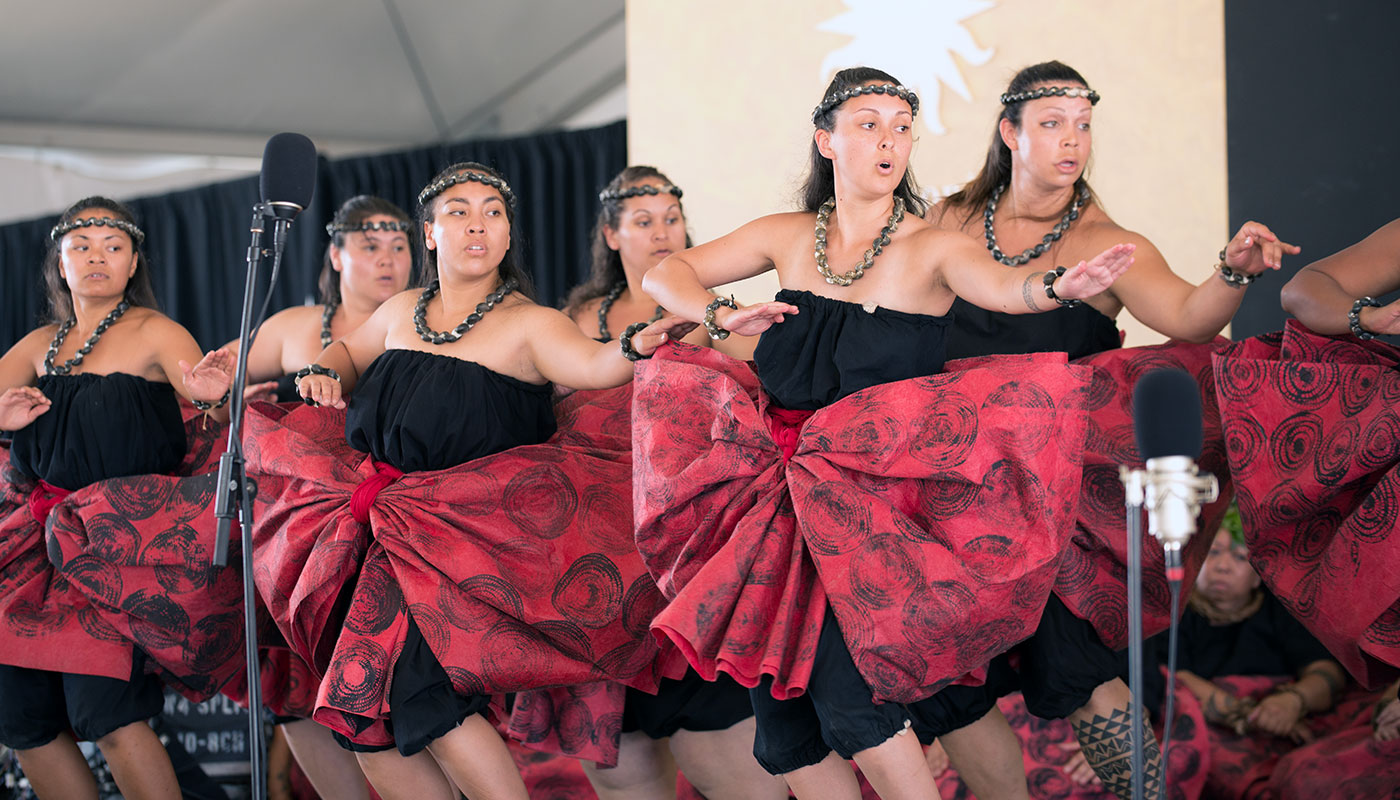
- Details
- By Native News Online Staff
This summer, the Smithsonian Folklife Festival returns to the National Mall in Washington, D.C., with a tribute to the National Museum of the American Indian (NMAI).
Titled “Indigenous Voices of the Americas: Celebrating the National Museum of the American Indian,” this year’s festival promises cultural celebrations, artistic expression, and community connections.
The festival, a tradition spanning decades, is set against the backdrop of significant historical milestones. Notably, it marks the 20th anniversary of the opening of the NMAI, an institution dedicated to preserving and showcasing the diverse heritage of Indigenous peoples.
As well, 2024 commemorates a century since the Indian Citizenship Act granted Native Americans dual citizenship and voting rights, although constrained by discriminatory laws until the Civil Rights Act of 1964.
Scheduled from June 26 to July 1, the festival invites visitors to immerse themselves in a myriad of activities from 11 a.m. to 5:30 p.m. daily, with select evenings featuring live music until 7 p.m. on the Four Directions Stage. Programming will revolve around four primary themes: relevance, resistance, representation, and reclamation.
This initiative, presented in collaboration with the Smithsonian Center for Folklife and Cultural Heritage, the NMAI, and the National Park Service, aims to honor both traditional and contemporary Indigenous expressions, fostering a platform for dialogue on cultural equity and social justice.
Central to the festival’s ethos is the acknowledgment of the NMAI’s pivotal role in the preservation of Native histories and cultures. Established by the National Museum of the American Indian Act in 1989, the museum has housed a vast collection of artifacts and leading efforts in repatriation with tribal nations.
NMAI’s journey includes milestones like the opening of the George Gustav Heye Center in 1994 and the Cultural Resource Center in 1999, culminating in the iconic museum on the National Mall in 2004.
"Indigenous Voices of the Americas" will feature diverse Indigenous groups—from Alaska to Chile—showcasing their traditions through dance, music, culinary arts, visual arts, and storytelling.
A narrative stage will provide a platform for Native voices to share their perspectives, aiming to bridge cultural divides and enrich the understanding of Indigenous heritage among attendees.
The festival extends beyond the outdoor venue, inviting visitors to explore the NMAI’s exhibitions, including the newly opened "Unbound," which highlights narrative art from the Great Plains.
Additionally, the museum’s café offers a culinary journey with Indigenous-inspired dishes, enhancing the immersive experience of cultural exchange.
Throughout the event, Indigenous artists, chefs, musicians, and storytellers will not only showcase their ancestral traditions but also engage in discussions on themes like Relevance, Resistance, Representation, and Reclamation.
More Stories Like This
Zuni Youth Enrichment Project Takes Top Emerging Artist Apprentices to Phoenix for Artistic Exploration and Cultural ImmersionFrom Dishwasher to Award-Winning Chef: Laguna Pueblo's Josh Aragon Serves Up Albuquerque's Best Green Chile Stew
Rob Reiner's Final Work as Producer Appears to Address MMIP Crisis
Vision Maker Media Honors MacDonald Siblings With 2025 Frank Blythe Award
First Tribally Owned Gallery in Tulsa Debuts ‘Mvskokvlke: Road of Strength’
Help us defend tribal sovereignty.
At Native News Online, our mission is rooted in telling the stories that strengthen sovereignty and uplift Indigenous voices — not just at year’s end, but every single day.
Because of your generosity last year, we were able to keep our reporters on the ground in tribal communities, at national gatherings and in the halls of Congress — covering the issues that matter most to Indian Country: sovereignty, culture, education, health and economic opportunity.
That support sustained us through a tough year in 2025. Now, as we look to the year ahead, we need your help right now to ensure warrior journalism remains strong — reporting that defends tribal sovereignty, amplifies Native truth, and holds power accountable.
 The stakes couldn't be higher. Your support keeps Native voices heard, Native stories told and Native sovereignty defended.
The stakes couldn't be higher. Your support keeps Native voices heard, Native stories told and Native sovereignty defended.
Stand with Warrior Journalism today.
Levi Rickert (Potawatomi), Editor & Publisher


